TL;DR
➡ Platelet-Rich Plasma, or PRP for short, is a method for fighting hair loss that stimulates the body’s natural repair mechanisms to support its defense against balding. It does not directly support hair growth but instead prevents MPB from ever occurring in the first place.
➡ This method contains some side effects, but they are mainly based on your doctor’s capabilities and your carefulness after surgery. Since this medication derives from your body, it does not contain any external chemical side effects.
➡ With its rich history, the PRP technique has a favorable rate for effectiveness in many fields, from sports to dermatology.
➡ Ultimately, it appears as an effective supplement method that you can and should use alongside long-term alternatives such as Finasteride or a hair transplant.
Especially in the last decade, there has been an increase in the variety of treatments for hair loss.
Sadly, I find most of these treatments unable to treat pattern baldness in both male and female patients based on the existing research or just lack of research.
But the PRP treatment, which is widely used and recommended by dermatologists, is one of the few exceptions. It is actually proven to help.
So in this blog, we’ll answer the common questions about PRP treatments, including:
Table of Contents
What Does PRP Mean?
Platelet-Rich Plasma, or PRP for short, is a concentration derived from a patient’s own blood through a centrifugation process and consists mainly of platelet-rich plasma. It is scientifically proven to help with healing and cell growth where it’s injected by “stimulating the body’s own repair mechanisms.”
And platelets are one of the main components of blood after red and white blood cells, and they are actually pieces from your bone marrow, with the main function of forming blood clots and speeding up healing processes in wounds.
These injections are applied in various fields to help patients recover from many injuries and conditions, such as muscle injuries, torn tendons, and joint injuries. It is only in the last decade or so that PRP treatment has become popular in dermo-cosmetics and hair loss treatment.
Background
Hematologists initially used the PRP injections in the early 1970s to treat thrombocytopenia, a condition where a patient suffers a lack of enough platelet plasma in their blood.
It wasn’t until later, around the 1980s, that it was used for supporting healing when it was introduced for the recovery period of maxillofacial surgeries in fibrin form. But this was also a niche use of the treatment, so it wasn’t enough to attract attention to PRP’s healing and growth properties.
This all changed when orthopedists started using PRP’s healing and growth factors for treating sports injuries in athletes. The improved recovery, especially in well-known athletes of the time, attracted the media’s attention to the healing ability of PRP and started to become more widespread.
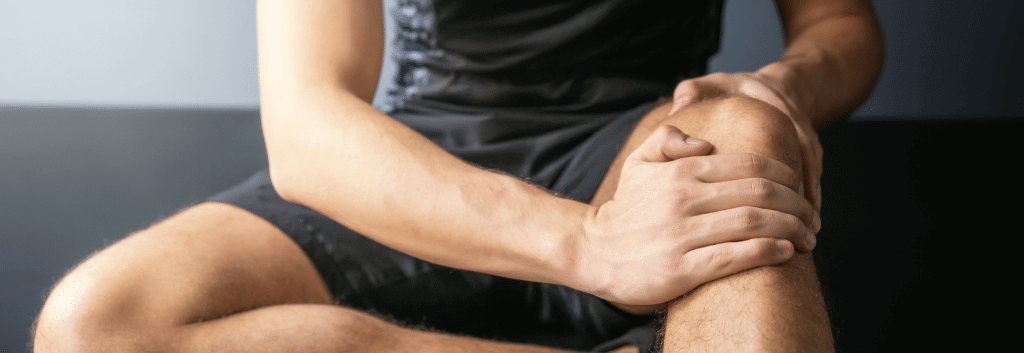
And in the last two decades or so, we’ve started seeing this treatment be studied and widely used in dermatology and derma cosmetics to help with tissue and scar healing and of course, hair loss.
Its use in treating pattern baldness is very different from the rest of the uses of PRP, as it is mainly associated with cell growth for this use rather than healing.
PRP Hair Treatment Procedure
The procedure is almost identical in all PRP injections, and just the location of the injection changes between different use cases. The treatment consists of three main stages and is not at all complex:
- Withdrawal: where blood is withdrawn from your body
- Centrifugation: where red blood cells and PRP is separated from each other
- Injection: where PRP is injected into your scalp
For the average patient, this process needs to be repeated three times with 4 to 6 weeks in between. In addition, you’ll have to have a single PRP injection session every 6 months for maintenance.
Let’s briefly take a look at what’s happening at each stage of a PRP injection:
1- Withdrawal
At the start of the procedure, you just lay down and relax. Your physician or a member of the medical team draws blood from your arm. Drawn blood is then taken to the centrifuge.
2- Centrifugation
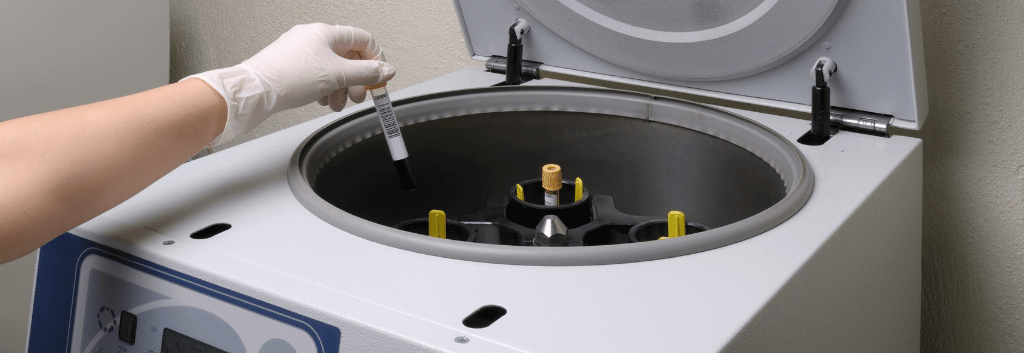
During centrifugation, centrifugal force is used to separate fluids with different densities from each other. In the case of PRP injections, this fluid is the blood that was drawn from you just a minute ago.
10 to 15 minutes is enough for your blood to separate into its different component layers, which are shown in the below figure:
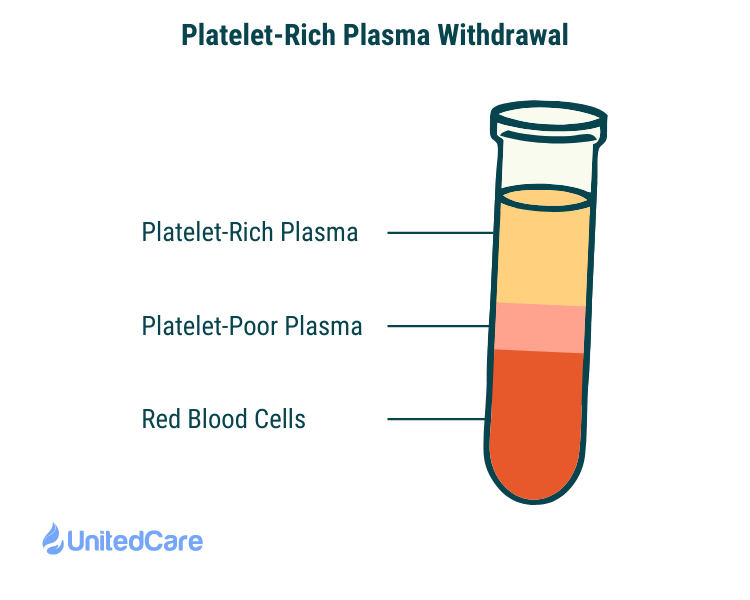
3- Injection
In the injection stage, two separate injections are made into your scalp.
Firstly, your physician will inject your scalp with local anesthesia to make it numb enough for you to not feel anything during PRP injection.
Once that’s done, PRP derived from your blood in the centrifuge will be drawn into a syringe and injected into your scalp, where there is hair loss.
For male patients, this is usually the frontal part of the scalp right around the hairline, but the injection areas can change from patient to patient.
After the injections, you will stay still for a few minutes before you can leave the clinic, and then, you’re done.
Can PRP Regrow Hair?
Usage of PRP for hair loss is a recently introduced treatment that needs further study until it can be considered a definite solution to growing hair.
First of all, PRP can’t help with progressed baldness, as it can’t help your body regrow or reproduce lost hair follicles. It can only help reduce or stop hair loss and increase hair thickness.
Existing research is also promising. When injected into the scalp, active platelets are able to produce and release various growth factors, which can, according to a study, help with “fibroblast activation, collagen synthesis, stimulation of the extracellular matrix, and overexpression of endogenous growth factors.”
What the studies say
Most studies that evaluated the efficacy of PRP as a hair loss treatment found positive results, but some significant studies also showed no improvements. Here are some of the thorough published research:
A 2016 Half-Head Study with 25 Male Patients with AGA – ✅ Positive Results
This study was done with the participation of 25 patients with AGA. Only one side of their scalp was injected with PRP in 3 sessions one month apart.
6 months after the first injection, both sides of the scalp were compared with the base condition of hair and scalp. It was seen that both sides of the scalp improved in terms of the number of hairs that were in the growing stages.
Also, the PRP-injected side had more hair density than the other side of the scalp.
A 2014 Study with 64 Male Patients with Pattern Baldness – ✅ Positive Results
This study was done with the participation of 64 consecutive patients and patients were injected with L-PRP solutions on their scalps 3 months apart.
6 months following the first injection, two evaluators using macro photography compared the scalp condition to the base condition before the first injection. Both evaluators found overwhelming improvement following the treatment.
A 2015 Study with 10 Male Patients with AGA – ✅ Positive Results
In this study where 10 patients with androgenetic alopecia were subjected to several PRP injections over a 3-month period, and hair count, thickness, and root strength were evaluated right after the injections.
The alopecia of all patients was significantly improved in the figures and the different evaluation metrics.
A 2017 Study with 15 Male Patients with AGA – ❌ Inconclusive Results
Not all studies were promising, though. For example, this study was done on 15 patients with male pattern baldness, aged 32 years or older.
They had five 2-week-apart PRP injections but did not show any statistically significant increase in hair count when examined 3-months after the last injection.
A 2016 Placebo-Controlled Study with Female Patients with AGA – ❌ Inconclusive Results
As one of the most significant studies of PRP vs hair loss done on female patients, this study did not return any positive results too.
26.7% of patients reported feeling their hair growing and seeing positive results, but only 13.3% had visible improvements in hair thickness and hair loss rate.
How long does PRP hair growth last?
Alongside having inconclusive research that can’t back it up as a treatment for hair loss, PRP’s other downside is the short-lasting results. It takes the average patient 10-12 months for the effects of a PRP injection to wear out, resulting in a need for another session.
You see, with a PRP injection, your scalp is provided with resources that will only last a certain amount of time, and once that time’s up, your scalp condition slowly decays back.
If you aim to stop your hair loss with PRP, you’ll have to go back for a regular session every 6 months.
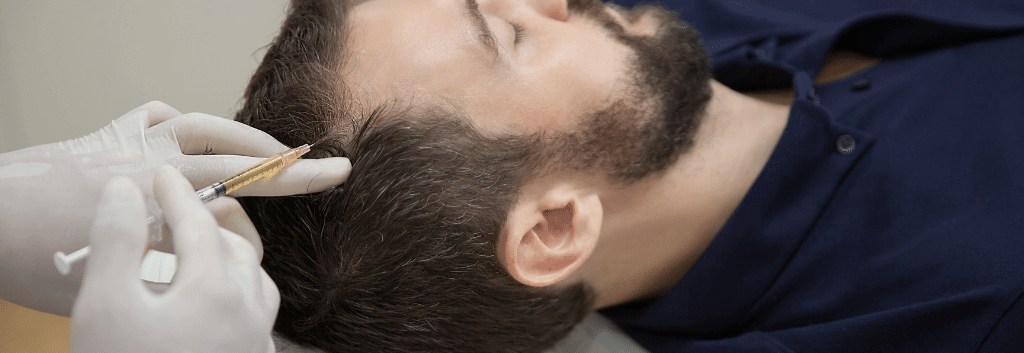
PRP Treatment for Hair Side Effects
PRP injection is an autologous treatment where you’re injected with a substance that comes from your own body, but that doesn’t mean there aren’t side effects. The most common side effects of a PRP injection are:
- Pain and a burning sensation where PRP was injected
- Bleeding around the injection site
- Scalp numbness following the operation
- Infections
Is PRP for hair painful?
Without any anesthetic, PRP causes significant discomfort and pain since multiple needles need to be inserted into your scalp. That’s why a numbing cream is recommended for every patient, removing any sensation at the injection site.
However, it’s up to the patient to use anesthetics since people with high-pain tolerance can get it over without feeling too uncomfortable.
So, Is PRP Worth It?
Based on the research and my experience as a dermatologist, PRP can be a very suitable way to support your scalp and promote hair growth.
But…
It is in no way a permanent solution to pattern baldness, both in male and female patients.
To counter the effects of pattern baldness or AGA, you should start a Finasteride treatment or:
Permanently Reverse Your Hair Loss with an FUE Surgery, at UnitedCare
Every year, millions of hair loss patients undergo hair transplant surgeries to restore their natural look.
It’s preferred by millions because once done right with the latest technologies, methods, and medications; it works.
And that’s exactly what our goal is here at UnitedCare; to help restore our patient’s youth and natural look with top-of-the-line FUE surgeries.
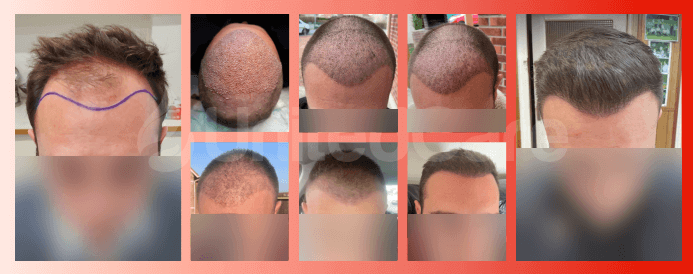
Let us examine your hair loss and scalp condition to see if you’re eligible:
The Permanent and Effective Treatment for AGA:
PRP is not always effective, or lasting. Hair transplant surgeries can make a difference, permanently.
Frequently Asked Questions (FAQs)
Who should not get PRP?
PRP is not advised for two patient profiles: patients who have a significantly progressed hair loss and patients who have chronic diseases or are on certain medications. For an exact diagnosis, you should consult your physician and a dermatologist.
Does PRP thicken hair?
Several studies resulted in hair thickening after PRP injections, so it’s safe to say yes, PRP does thicken hair. This thickening is due to hair follicle cells getting more nutrients following a PRP injection and the promoted growth.
How many PRP sessions are needed for hair?
Most PRP therapies consist of 3 initial sessions 4 weeks apart; after that, you’ll need another session every 5-6 months to maintain your results. So, on average, you’ll undergo 4 sessions in your first year and 2 sessions/year after that.
Is PRP permanent for hair loss?
The effects of PRP don’t last forever: although it slows down the rate of hair loss and promotes growth as long as you get a remainder session every 4-6 months, PRP is not a permanent solution to hair loss alone. You might need a hair transplant or finasteride to restore your hair.
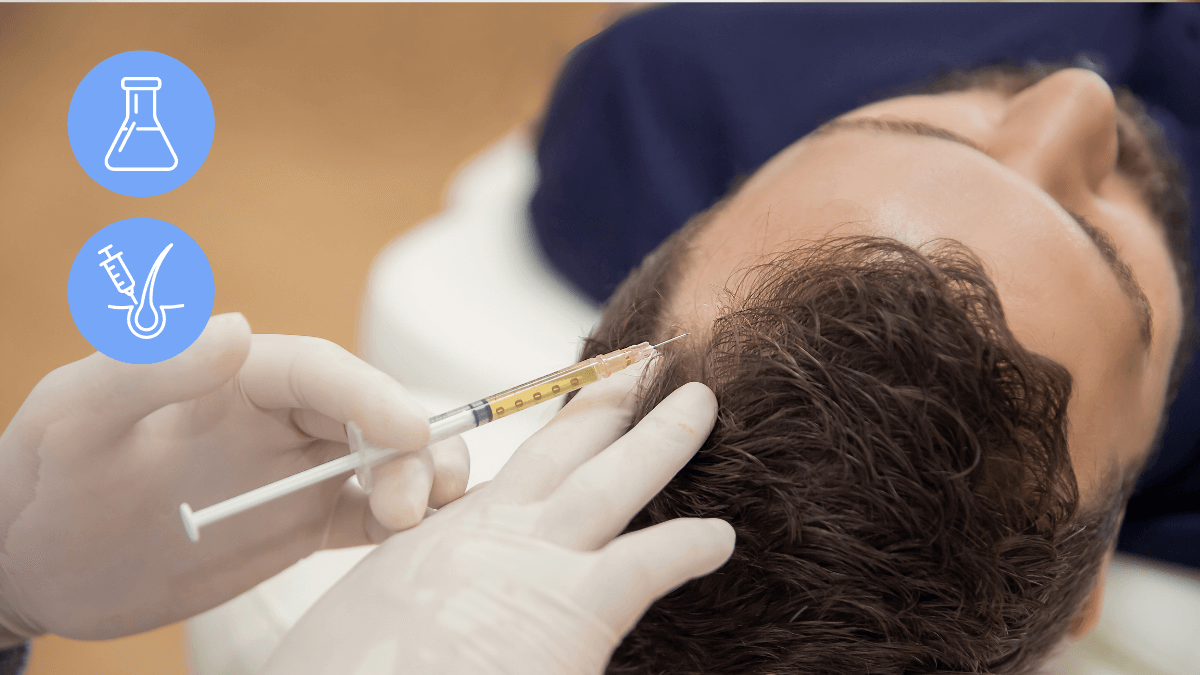
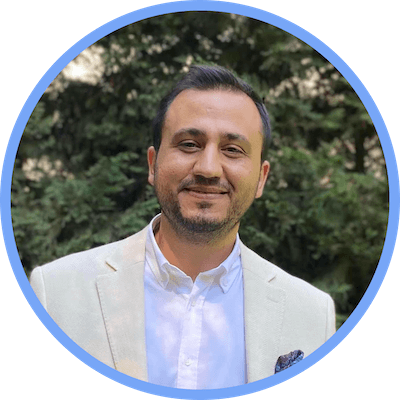
i am interested in PRP For Knee and hair loss
Hello Syed,
I’m not performing PRP for the knee.
My friends will reach you soon about PRP for hair loss.
Best.
I like that you mentioned how PRP hair restoration is a very suitable way to support the scalp and promote hair growth. It seems my uncle is quite worried about his hair loss and he is looking for ways on how he could solve this. It seems PRP hair restoration is pretty good, so I think he should try it out.
Hello Mr. Smith,
Definitely give it a try. Make sure to get multiple PRP treatments at intervals.
Best.
AFTER PRP 1ST SESSION BURNING SESSION AND HAIR FALL ARE MORE ON DAILY BASES,
WHILE MASSAGING ALSO.
CAN WE ADD COCONUT OIL ON SCALP
Hi,
Due to the growth factors in PRP and the neovascularization occurring in the early post‑treatment period, you may experience a burning sensation and increased daily hair shedding.
There is no harm in adding coconut oil and massaging your scalp, but this alone may not be sufficient to completely resolve your symptoms
Best.